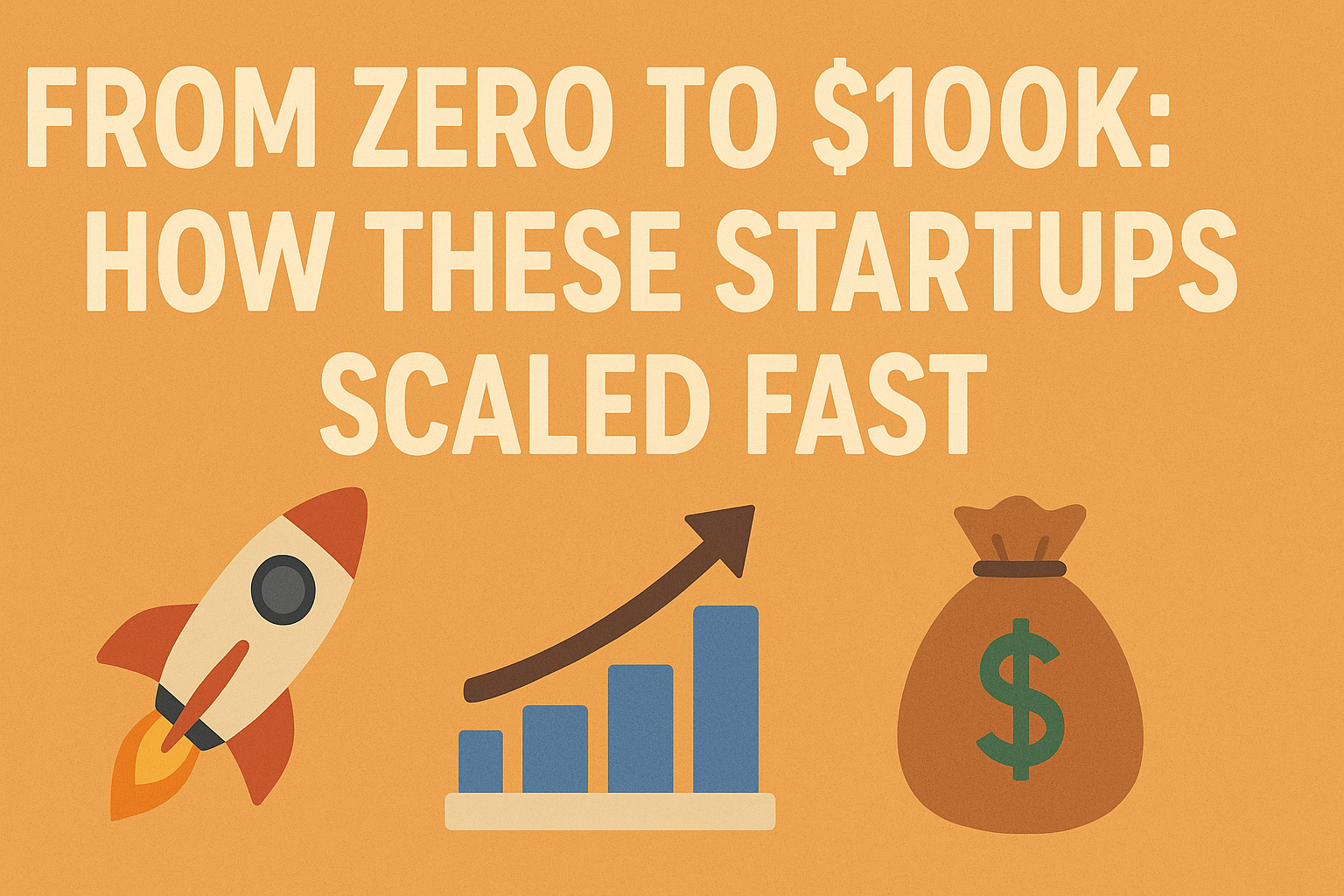Step 1: Find a Problem Worth Solving (Before Building Anything)
❌ Mistake: Building a product before confirming demand.
✅ Lean Approach: Validate with real users first.
How to Test Demand Fast:
✔ Manual First, Automated Later
-
Example:
-
Zappos started by manually buying & reselling shoes to validate demand before building inventory.
-
Dropbox used a demo video to gauge interest before coding.
-
✔ Use “Smoke Tests” (Fake Door Tests)
-
Create a landing page (Carrd, Unbounce) with a “Buy Now” button.
-
Measure click-through rates—if people try to buy, the problem is real.
✔ Talk to 100 Potential Customers
-
Ask:
-
“What’s your biggest struggle with [problem]?”
-
“Would you pay for a solution?”
-
Step 2: Build a Minimum Viable Product (MVP) in Days, Not Months
❌ Mistake: Spending months perfecting a product nobody wants.
✅ Lean Approach: Launch a scrappy MVP to test core assumptions.
MVP Examples:
🚀 Concierge MVP (Manual Service First)
-
Example: Food on the Table (meal planning app) started as a 1-person service before automating.
🚀 Wizard of Oz MVP (Fake the Tech)
-
Example: Groupon began as a WordPress site with manual PDF coupons.
🚀 No-Code MVP (Fast & Cheap)
-
Tools:
-
Bubble (web apps)
-
Glide (mobile apps)
-
Zapier (automation)
-
Step 3: Measure What Matters (Avoid Vanity Metrics)
❌ Mistake: Tracking “likes” or “page views” instead of real business metrics.
✅ Lean Approach: Focus on actionable data that proves viability.
Key Metrics to Track:
📊 Engagement:
-
“Are users returning?” (DAU/WAU/MAU)
-
“How often do they use the core feature?”
💰 Monetization:
-
Conversion rate (free → paid)
-
Customer Lifetime Value (LTV)
📉 Churn:
-
“Why are users quitting?” (Exit surveys, analytics)
Step 4: Pivot or Persevere (Fast Iteration)
❌ Mistake: Sticking to a failing idea due to sunk cost.
✅ Lean Approach: Let data guide decisions—pivot fast or double down.
Types of Pivots:
🔄 Customer Pivot: Target a different audience.
-
Example: Pinterest started as a shopping app before pivoting to visual discovery.
🔄 Problem Pivot: Solve a different pain point.
-
Example: Slack began as a gaming company before becoming a messaging tool.
🔄 Channel Pivot: Change how you reach customers.
-
Example: HubSpot shifted from outbound sales to inbound marketing.
Step 5: Scale What Works (Automate & Optimize)
❌ Mistake: Scaling too soon (before product-market fit).
✅ Lean Approach: Only scale after proving retention & revenue.
Scaling Strategies:
🚀 Growth Loops (Self-Sustaining Growth)
-
Referral programs (Dropbox)
-
Viral sharing (Calendly’s scheduling links)
🚀 Paid Acquisition (Once Unit Economics Work)
-
Start with low-cost channels (Facebook ads, SEO, partnerships).
🚀 Product-Led Growth (PLG)
-
Freemium models (Notion, Zoom)
-
Free trials with credit card (Netflix)
Key Takeaways: The Lean Startup Mindset
1️⃣ Validate Before Building (No one cares about your idea—only the problem it solves.)
2️⃣ MVP = Fast & Ugly (Launch in days, not months.)
3️⃣ Measure Real Metrics (Ignore vanity stats.)
4️⃣ Pivot Fast or Double Down (Let data decide.)
5️⃣ Scale Only After Fit (Otherwise, you’ll burn cash.)



Leave a Reply